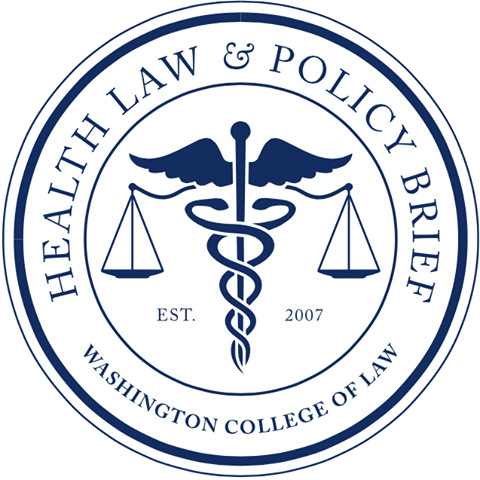In the United States, the right-to-die through physician-assisted-suicide (“PAS”) and euthanasia has been hotly debated for years. Scholars define PAS as the “prescription of lethal medication to be voluntarily self-administered.” Conversely, euthanasia is defined as the “deliberate, direct causation of death by a physician.” Although “medical assistance in dying” is legal in various countries, including Canada, PAS is only legal in eleven jurisdictions in the United States.
Research has shown that by 2020, “about 5,330 people in the U.S. have died with medical assistance.” Of the individuals who requested PAS, 95.6% were non-Hispanic White and 75% had been diagnosed with cancer. According to a 2020 Gallup poll, 74% of Americans favor euthanasia, while 61% favor PAS. Thus, while more Americans favor euthanasia than PAS, overall, Americans tend to support individuals’ right-to-die.
There are compelling ethical arguments for legalizing individuals’ right-to-die. For example, advocates of PAS argue that PAS allows individuals to retain autonomy when making end-of-life decisions. Moreover, medical professionals who perform PAS show individuals compassion because they prevent individuals from suffering. Conversely, critics argue that the Hippocratic Oath forbids medical professionals from performing PAS because medical professionals must “do no harm.” Thus, critics argue that medical professionals should not perform PAS because medical professionals serve as healers and PAS is antithetical to healing.
The Supreme Court first analyzed the right-to-die under the Due Process Clause of the U.S. Constitution in Cruzan v. Missouri Department of Health. In Cruzan, the Court held that individuals who lack decision-making capacity do not have the right-to-die unless there is “clear and convincing evidence” of their end-of-life care wishes. The right-to-die was further examined in Washington v. Glucksberg, where the Supreme Court held that PAS is not a “fundamental right” protected by the Constitution. Similarly, in Vacco v. Quill, the Court held that a state could outlaw PAS without violating the Equal Protection Clause.
Advocates have pushed for change following the Supreme Court’s decisions in Cruzan, Glucksberg, and Quill. For example, Dr. Jack Kevorkian, also known as “Dr. Death,” was an adamant supporter of PAS, after having performed approximately 130 PAS during his career. Dr. Kevorkian, who was sentenced to prison in 1999, had “goaded prosecutors into coming after him so that the legality of assisted suicide and euthanasia could have a full airing in court – and in the news media.” Following Dr. Kevorkian, other advocates have included Derek Humphry, who published his bestselling book, “Final Exit,” and Brittany Maynard, who requested PAS after being diagnosed with terminal brain cancer.
Policymakers have made recent efforts to legalize PAS. In February, the Illinois legislature considered SB3499, which would permit “aid-in-dying medication that will allow the patient to end the patient’s life in a peaceful manner.” Additionally, the Pennsylvania legislature is considering legalizing PAS.
Although there are many states that remain opposed to PAS, advocates should continue to push for individuals’ freedom to choose their end-of-life care. Ultimately, individuals should have the right-to-die in a safe and compassionate manner, provided that all safeguards are undertaken to prevent undue influence.
